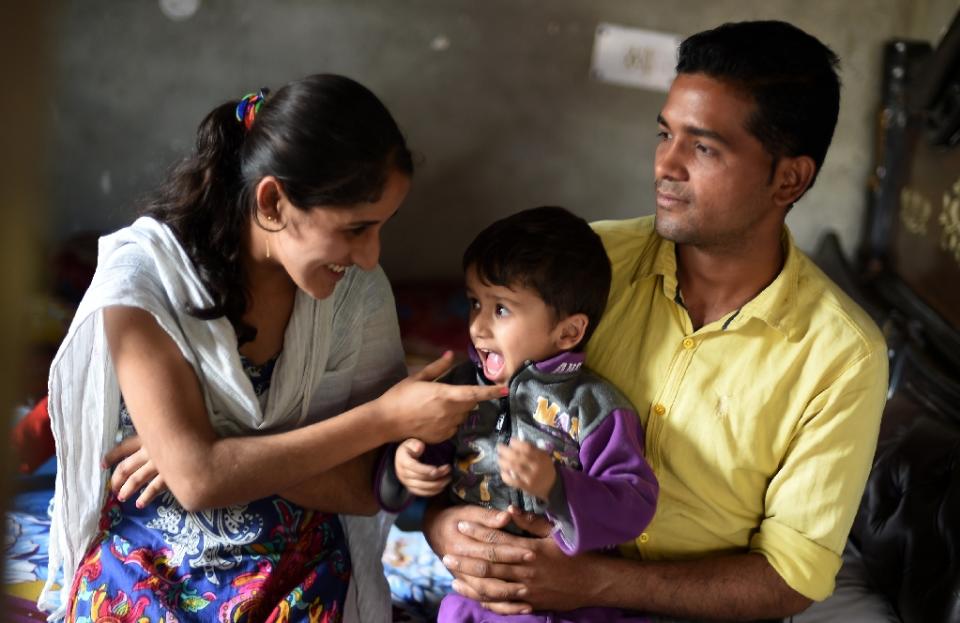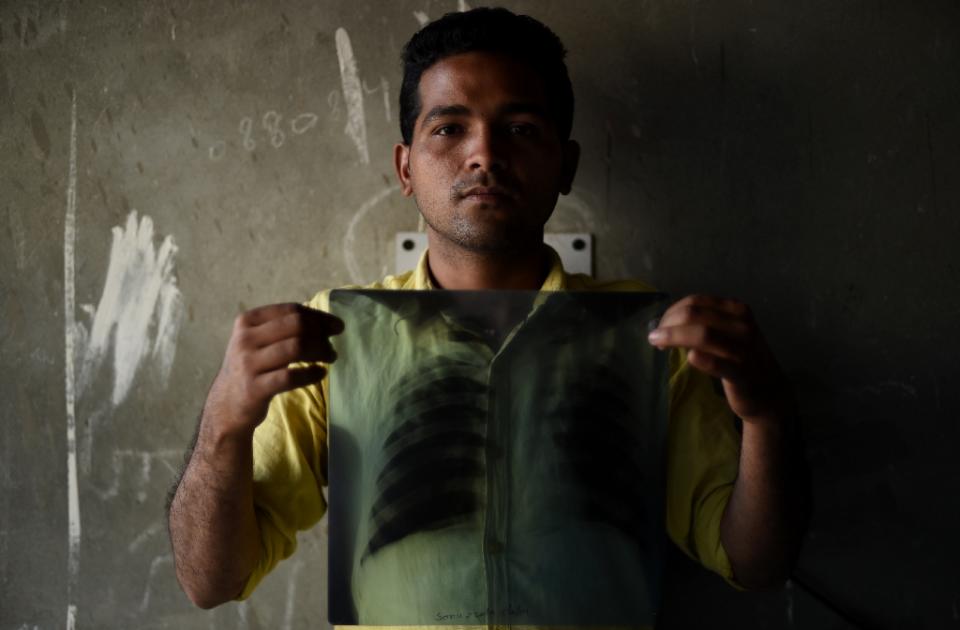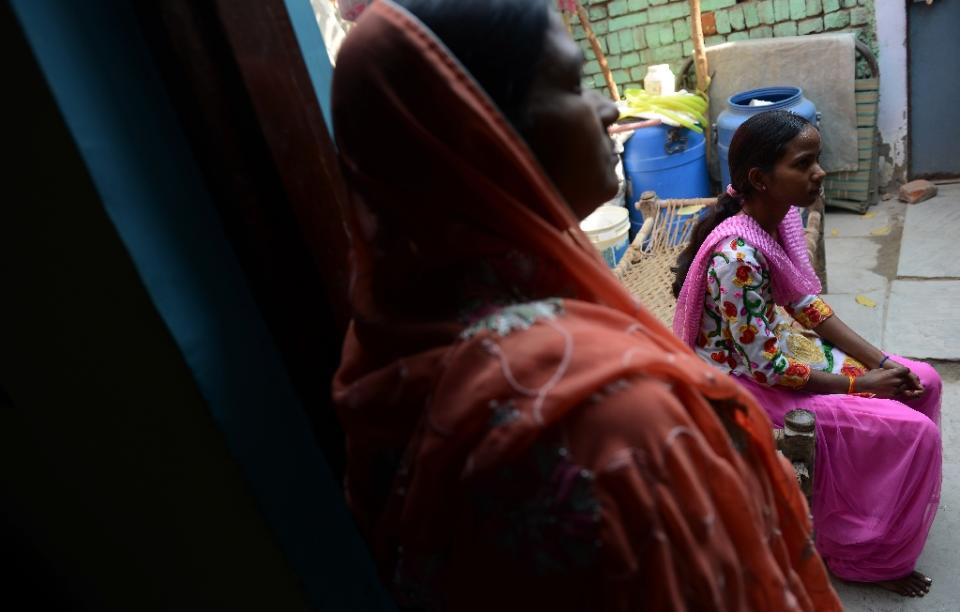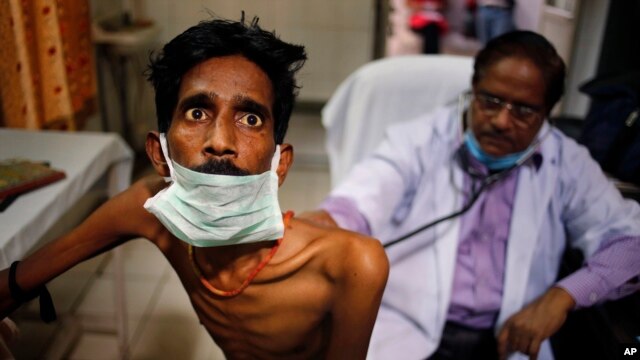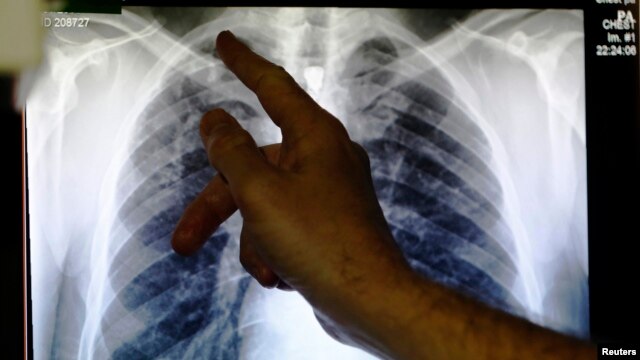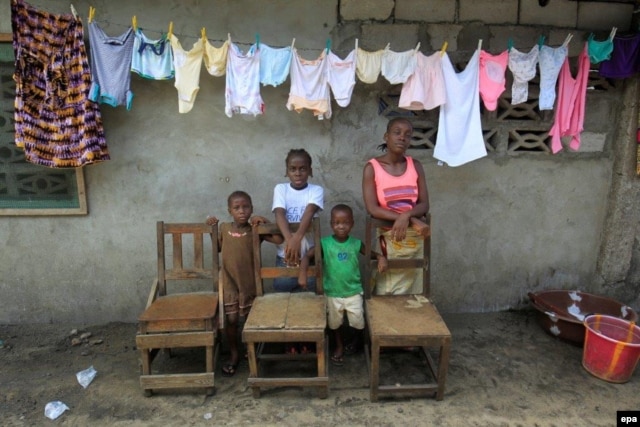Lil' Kim squanders money on missiles while his malnourished people die of TB...
WHO: 5,000 North Koreans die annually from tuberculosis
Oct. 29, 2015 - Total deaths due to tuberculosis in North Korea have declined by 1,700 since 2013, but the disease still persists with 110,000 current TB patients.
WHO: 5,000 North Koreans die annually from tuberculosis
Oct. 29, 2015 - Total deaths due to tuberculosis in North Korea have declined by 1,700 since 2013, but the disease still persists with 110,000 current TB patients.
North Korea's tuberculosis deaths are declining, but 5,000 North Koreans still die from the disease annually. The data from the World Health Organization was included in a report that indicated TB has surpassed the human immunodeficiency virus, or HIV, as the leading cause of global death. Voice of America reported 20 out of 100,000 North Koreans die of TB, or at a rate that is 5-10 times that of neighboring countries: In South Korea, 3.8 out of 100,000 succumb to TB, the death rate is 2.8 per 100,000 in China, and the rate in the region is lowest in Japan, where it stands at 1.8 per 100,000.

An estimated 20 out of 100,000 North Koreans die of tuberculosis, or at a rate that is 5-10 times that of neighboring countries, The problem lies with the rise of multiple drug-resistant tuberculosis, or MDR-TB, among patients in the country.
Total deaths due to tuberculosis in North Korea have declined by 1,700 since 2013, but the disease still persists, and the country now has 110,000 TB patients – or 442 per 100,000, the second-highest in Asia after East Timor. The problem lies with the rise of multiple drug-resistant tuberculosis, or MDR-TB, among patients in the isolated country. They now number 3,800, according to the WHO. A source at the U.N. body told VOA that it plans to investigate the emergence of MDR-TB patients in North Korea. But Philippe Glaziou, senior epidemiologist for the WHO, said TB rates in North Korea are generally declining, and the recovery rate of TB patients in 2013 was 92 percent.
A U.N. inspection of North Hwanghae province showed that 15 percent of past patients suffered from recurring tuberculosis, and new TB patients comprised nearly 2 percent of the province's total TB population. In May, the U.N. said women in North Korea who look after the patients are highly vulnerable, and children who come into contact with the patients or caretakers are also in need of immunization. An estimated 1.5 million people died globally from tuberculosis in 2014.
WHO: 5,000 North Koreans die annually from tuberculosis


